Award-winning manga are the epitome of artistic brilliance, narrative skill, and inventiveness in the rich fabric of Japanese storytelling. In addition to captivating millions of readers, these renowned books have won praise from esteemed organizations including the Shogakukan Manga Awards, Kodansha Manga Awards, and Tezuka Osamu Cultural Prize. These manga cross genre borders to provide powerful, unforgettable experiences, ranging from witty adventures and social commentary to emotional dramas and psychological thrillers. Exploring the award-winning category offers a carefully chosen journey through stories that have molded the medium and made an everlasting effect on global pop culture, regardless of your level of experience with manga.
Here are recommendations for manga that are truly worthy of awards:
Koe no Katachi
Rating: 8.5/10Review: The manga by Yoshitoki Ōima examines the effects of bullying and the path to atonement. The protagonist of the story is Shoya Ishida, who bullied a deaf girl named Shoko Nishimiya and is trying to make things right. The story's subtle depiction of emotional anguish and refusal to provide simple solutions or forgiveness make it engross. The rhythm of the manga makes it possible for readers to sit with discomfort, which amplifies the impact of growth and connection moments. Additionally, the manga presents a group of flawed characters whose interactions illustrate the intricacies of empathy, communication, and self-worth. It's a reflection on how people harm one another and how saying sorry isn't enough to heal.
Dungeon Meshi
Rating: 8/10
Review: Ryoko Kui's Dungeon Meshi is a distinctive fantasy series that combines culinary exploration with dungeon delving. The narrative follows Laios and his group as they explore monster-based food while descending into a perilous dungeon to save his sister. The manga uses food as a means of examining resilience, grief, and companionship while striking a mix between humor, imagination, and emotional depth. Because of the careful timing, character interactions are able to evolve naturally. With its realistic characters and creative monster ideas, Kui's artwork is expressive and intricate. While addressing weighty subjects like mortality, identity, and consumption ethics, the series keeps a humorous tone.
Rating: 8/10
Review: A sci-fi noir version of Osamu Tezuka's Astro Boy arc, Pluto is a manga by Naoki Urasawa and Takashi Nagasaki. The plot follows Gesicht, a robot investigator looking into murders involving sophisticated robotics in a future when humans and robots live. Tezuka's hopeful vision is transformed by Urasawa into a melancholic reflection on sorrow, identity, and the ethics of artificial intelligence. Tense, intellectual, and emotionally taxing, the story is a unique adaptation that respects its original while updating it for a contemporary audience. Because of the manga's thoughtful pacing, readers can take in its complex topics without losing the tension. For readers who enjoy futuristic fiction and psychological thrillers, Pluto is a masterwork of narrative.
Shigatsu wa Kimi no Uso
Rating: 9/10
Review: Naoshi Arakawa's Shigatsu wa Kimi no Uso examines themes of healing, loss, and the transformational potential of art. The narrative centers on Kousei Arima, a gifted pianist who, following the death of his violent mother, loses the capacity to hear his own music. His relationship with music and life is rekindled with the entrance of Kaori Miyazono. The artwork of the manga is expressive and prioritizes emotional clarity over artistic flourish. There is no denying the story's emotional impact, particularly as it builds to its tragic conclusion. Kaori's "lie" reframes the journey with a feeling of peaceful grace, which is both tragic and lovely.
Fruits Basket
Rating: 9/10
Review: Natsuki Takaya's shoujo manga examines acceptance, compassion, and trauma. The narrative centers on Tohru Honda, an orphan who learns about the Sohma family, who change into animals from the Chinese zodiac when the other sex embraces them. Emotional beats in the manga feel earned and impactful as the tone changes from lighthearted comedy to profound drama. Takaya's style develops throughout the course of its 23 volumes, with paneling and subtle character emotions enhancing emotional depth. Tohru's journey is about assisting people in facing their suffering and regaining their agency, and the large cast displays layers of fragility and resilience. The manga's ending is a timeless gem because it provides catharsis without sacrificing it's sad overtones.
Kimi ni Todoke
Rating: 9.5/10
Review: The manga examines issues of misunderstandings, social exclusion, and personal development. The narrative centers on Sawako Kuronuma, a timid young woman who is shunned by her peers because she looks like Sadako from The Ring. As Sawako and Kazehaya develop deep bonds, the narrative turns into a touching tale of friendship and emotional discovery. Tension is allowed to develop naturally by Shiina's subtle storytelling, which makes even the slightest actions feel incredibly fulfilling. With Sawako's transformation from social outcast to self-assured person, the series also deftly captures the inner complexities of puberty. The delicateness of unsaid emotions and emotional fortitude are captured in the artwork, which goes well with the mood.
Karakai Jouzu no Takagi-san
Rating: 9/10
Review: Sōichirō Yamamoto's humorous manga centers on middle schooler Nishikata and his classmate Takagi. The plot centers on Nishikata's attempts to make fun of Takagi, who cleverly reverses the situation. An aura of naive joy and emotional warmth is created by the story's increasing number of pranks and flirtations. The narrative gradually transitions from a straightforward comedy to a nuanced portrayal of adolescent love. While the repeating format permits sluggish character development, Yamamoto's emotive character work and clean visual style convey subtle feelings. With gentle humor and honesty, the manga portrays the wonderful discomfort of adolescence.
Kindaichi Shounen no Jikenbo: File Series
Rating: 8/10
Review: With illustrations by Fumiya Satō, Yōzaburō Kanari and Seimaru Amagi's Kindaichi Series combines traditional mystery narrative with a modern detective aesthetic. Hajime Kindaichi, a high school student with a knack for cracking violent cases, is the focus of the series. The show blends gore, tension, and human motivations; it frequently exposes criminals with heartbreaking pasts that evoke sympathy. Kindaichi's emotional intelligence lends warmth to the cerebral tone, while the artwork intensifies the suspense. The series is still regarded as a masterpiece of mystery manga because of its moral complexity and intellectual excitement.
Komi-san wa, Comyushou desu.
Rating: 10/10
Review: The charming and humorous manga by Tomohito Oda tells the tale of Shouko Komi, a high school student with a communication issue. Hitohito Tadano, a classmate, helps her make 100 friends and becomes as her first real ally. Through lighthearted exchanges, the narrative examines friendship, emotional development, and vulnerability. The ensemble cast brings a range of personalities to push Komi beyond her comfort zone, while Oda's simple artwork strikes a balance between earnestness and humor. The narrative proves that even the slightest steps toward conquering fear may result in meaningful connections, serving as both a charming glimpse into life and a subdued celebration of tenacity.
Maiko-san Chi no Makanai-san
Rating: 7/10
Review: The manga by Aiko Koyama is a sweet and nutritious story that takes place in the Hanamachi neighborhood of Kyoto. After being judged unfit for maiko training, Kiyo, a happy and grounded girl, takes up the role of resident cook in a maiko boarding house. Readers learn about traditional life, including seasonal customs and culinary rituals, through her eyes. The characters' everyday emotional and cultural complexity is blended with warmth and genuineness in Koyama's simple yet intriguing artwork. The manga is a celebration of love, care, tradition, belonging, and support because of its soft pacing, nuanced expressions, and reassuring recurrence of meals and memories shared.
5-toubun no Hanayome
Rating: 9.5/10
Review: With its poignant coming-of-age tale, Negi Haruba's romantic comedy manga reimagines the harem genre. The narrative centers on Futaro Uesugi, a high school student who was hired to instruct five quintuplets with varying personalities and academic difficulties one-on-one. The narrative develops into a complicated network of rivalries, friendships, and personal development, all of which are supported by Futaro's steadfast dedication to seeing them through to success. Although the main mystery surrounding Futaro's marriage provides an interesting hook, each sister's uniqueness is what really makes the story strong. Because of the manga's emphasis on honesty and contemplation, readers are truly drawn into each girl's path.
Mirumo de Pon!
Rating: 7.5/10
Review: In Hiromu Shinozuka's manga, a middle school girl named Kaede Minami unintentionally calls out a little muglox prince named Mirumo. The story is a charming mix of magical mischief and schoolyard drama. Despite his attempts to resolve Kaede's romantic problems, Mirumo creates more problems than he solves by bringing in a slew of cunning muglox friends and rival fairies. As Kaede negotiates magical turmoil and interpersonal connections in the actual world, the manga delves into topics of emotional development, envy, and self-assurance. The honest characters and changing dynamics between Kaede, Mirumo, and her classmates lend a beautiful depth of authenticity, yet the magical antics and whimsical setting are ideal for younger readers.
Image source: MyAnimeList
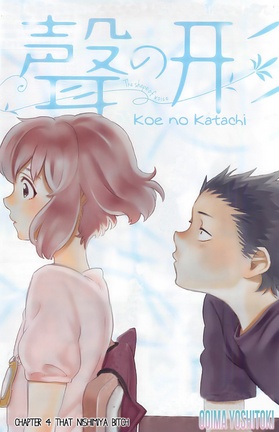




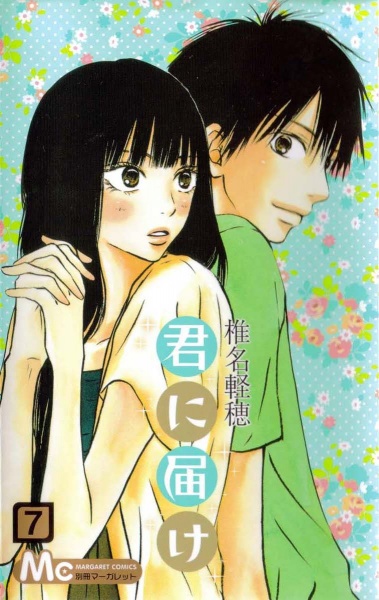

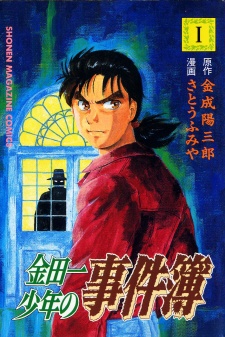
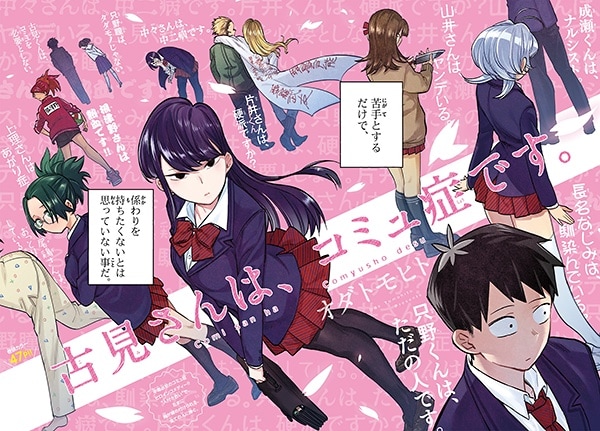
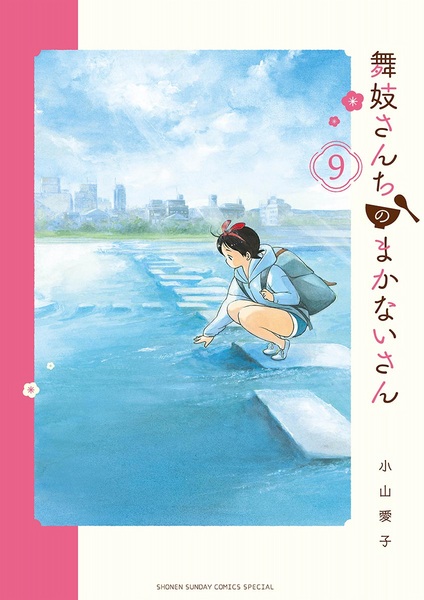


Comments
Post a Comment